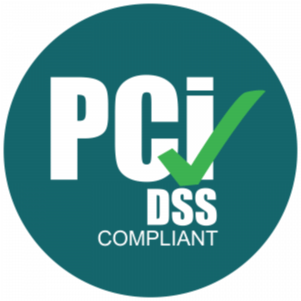Almost everyone is familiar with user accounts. They are specific to individuals and allow us to sign in with our own credentials and identities for social networking sites, computers, and IoT devices.
Just like how you probably have multiple online accounts, businesses handle a large quantity of accounts daily. The types of accounts matter too, as the methods for managing service accounts vs. user accounts are fundamentally different.
It’s vital for any DevSecOps or IT teams to understand how service accounts work and some best practices for ensuring digital security in a corporate environment so prone to data breaches.
What Are Service Accounts?
Much like how real people have user accounts, service accounts are specific to a service or application. These are designed primarily to run a specific software. With all the software tools modern companies use nowadays, it’s not uncommon to have far more service accounts than ones for users.
The “services” here typically include any business-grade application. Examples are web servers, databases, and MTAs (mail transport agents). No matter what, an organization will have a lot of these, and they all will communicate with each other as part of the workflow.
Common Problems with Service Account Security
Maintaining proper service account passwords is a definitive first step. Avoid sticking to the default vendor passwords, as they tend to be easily guessable and available online. Remember to change passwords on sensitive privileged accounts regularly; this process is known as password rotation. If an unauthorized user hacks into the account, password rotation ensures that access will be revoked.
Secrets management is just the first step, however. Businesses must deal with thousands of services and their accounts a day. It’s challenging keeping everything working and secure. These applications, services, and users all communicate with one another through accounts. Even a single leak can have catastrophic consequences for the business as a whole.
And what happens when a service account is no longer needed when the associated application is no longer in use? How can you discover these accounts and remove their privileges? These “lost” accounts become vulnerable to security breaches.
Issues like these are unfortunately common in most companies, and bad security practices result in high damage control costs whenever incidents occur. When a significant software update or data breach occurs, what can you do to prepare the IT teams for the inevitable scramble?

Service Account Security Strategy
Service account management is hardly a one-time consideration. Make an ongoing plan and stick to it to protect your software assets and other critical resources.
- Survey your service accounts. Discover all the important applications you use, map out their service accounts, and determine their permissions. Prioritize them as well, as more important accounts need first attention when a disaster recovery process is necessary.
- Active protection. Monitor and control access for all your service accounts. Schedule a regular password rotation system, analyze the activity of the accounts, and find ways to respond to any potentially malicious activity or abnormal usage.
- Incident response. In case a service account does get compromised, form a plan for damage control. In addition to disabling the account and changing passwords, check to see if the hacked account performed any actions or made any changes.
- Regular auditing. Continually observe how each service account is being used. Unusual behavior can be a sign of a data breach, so track security incidents often. This step can also be useful for complying with data security regulations.
- Minimal privileges. You only want to give each user account the bare minimum privileges it needs to perform its job, based on the Principle of Least Privilege (PoLP). This strategy minimizes the amount of damage a hacked account can create.
Building on the last point, you don’t want multiple applications sharing the same service account if possible. If the account goes down or is breached, then all the software using it will be impacted. It’s also much easier to audit this type of account, as the exact application using it is clear.











